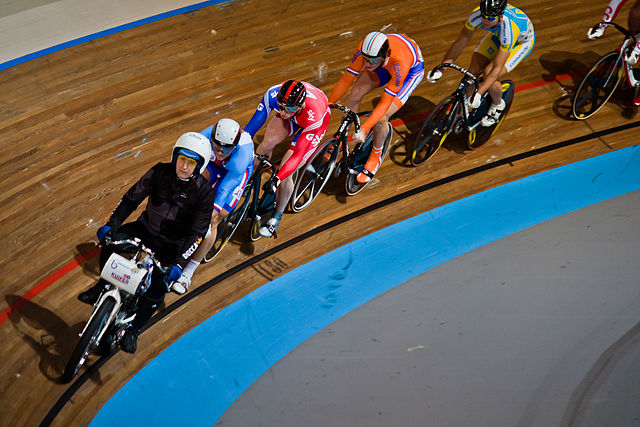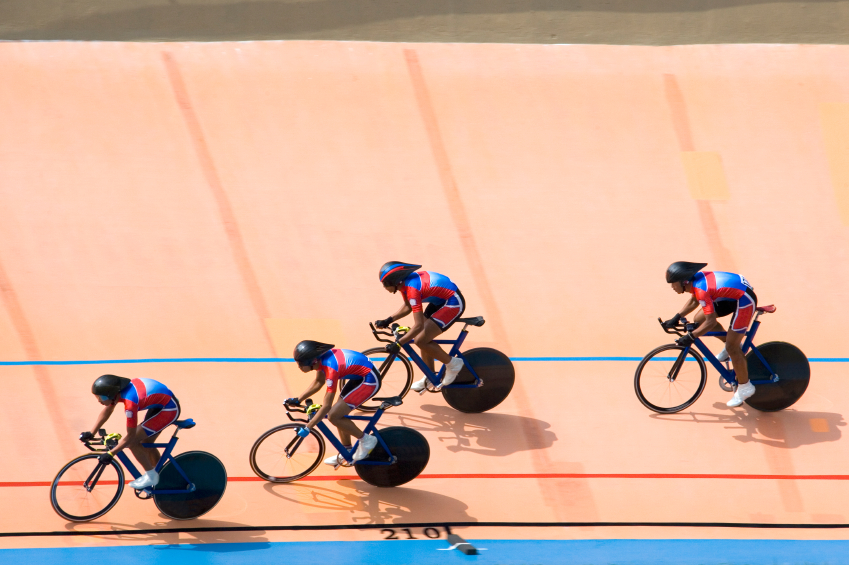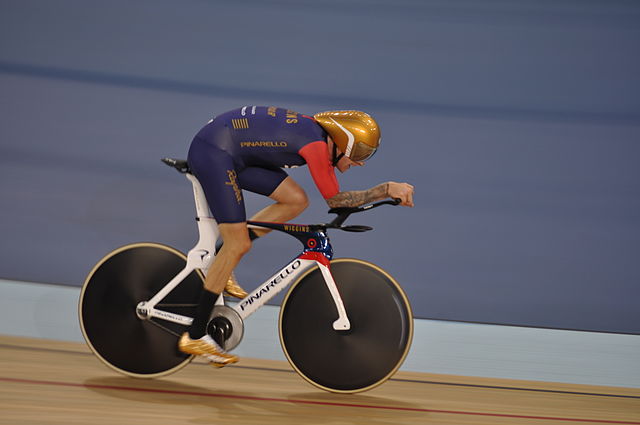
The history of track cycling at the Olympic Games dates back well over 100 years, to the first ever modern Games in 1896.
A full 25 different track cycling disciplines have featured in the Olympic Games since then, only five of which are still competed to this day – the keirin, omnium, team pursuit, team sprint and individual sprint.
The individual sprint is the longest running of the current track cycling events, having been featured in all but two of the 28 modern Olympic Games, while the omnium is the most recent addition, having only been introduced for London 2012.
What Exactly is Track Cycling?

The first thing you need to know before you watch the Olympic track cycling is what track cycling actually is. Let’s quickly hit the basics.
Track cycling is any bicycle racing event which is held on a specially built track or velodrome, as opposed to on dirt, roads or mountains. This of course spans a wide range of disciplines, and as such, those involved in the Olympics have chopped and changed over the 120 year history of the modern Olympic Games.
Track bicycles are used for the events. These are bikes build specifically for the velodrome and unlike road bikes, they are fixed-gear, meaning they have a single gear ratio to optimise pedal efficiency and speed. They also don’t have brakes.


